Blick ins Buch:
Material Culture
Präsenz und Sichtbarkeit von Künstlern, Zünften und Bruderschaften in der Vormoderne
Presence and Visibility of Artists, Guilds and Brotherhoods in the Pre-modern Era
artifex – Quellen und Studien zur Künstlersozialgeschichte / Sources and Studies in the Social History of the Artist,
hrsg. von / Ed. by Andreas Tacke
Der ›material turn‹ hat in zahlreichen geistes- und sozialwissenschaftlichen Disziplinen zur Stimulanz neuer Fragen, neuer Forschungsbereiche und neuer Forschungsperspektiven geführt. Das vielzitierte ›thinking through things‹ ist gerade im Bereich der Sammlungs- und Museumsgeschichte essentiell. Dennoch sind trotz der dem Fach Kunstgeschichte immanenten Objektgebundenheit erstaunlicherweise zahlreiche Forschungsthemen noch kaum bearbeitet, obgleich sie einen zentralen Bereich des vormodernen Künstlerselbstverständnisses bilden: Die Rede ist von jenen Objekten materieller Kultur, die die städtischen Berufsverbände im Handwerk und Gewerbe repräsentierten und so das Zunft-, Gilde- und Bruderschaftswesen im städtischen Kontext visualisierten. Sämtliche in diesem Bereich angesiedelten Objekte stehen hierbei im Zentrum des Interesses, der Begriff ›Material Culture‹ des Zunft- und Gildewesens wird in breitestmöglicher Dimension verstanden, vom mehrflügeligen Altar bis zum schlichten Zunftschrank, der die Kerzen für die städtischen Prozessionen beherbergte. Von Interesse sind die Form, Wirkung und Funktion dieser Objekte in ihrem sakralen oder profanen Umfeld.
The ›material turn‹ has led to stimulating new questions, new research areas and new research perspectives in numerous humanities and social science disciplines. The often quoted ›thinking through things‹ is essential, especially in the area of the history of collections and museums. Nevertheless, it is astounding that numerous research themes have hardly been worked on despite the immanent connection of objects to the discipline of art history although such research themes form a major area of the pre-modern self-conception of the artist. Speaking of those objects of ›material culture‹ representing the civic associations in crafts and business to make visible the system of guilds and brotherhoods in a townscape. All those objects making up this area of study play the major role here. The term material culture of the guild and crafts system is to be understood in its broadest possible dimensions, from multi-panel altar to the simple guild cabinet storing the candles for the civic processions. Of interest are the form, effect and function of these objects in their sacred and profane surroundings.


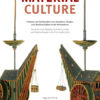

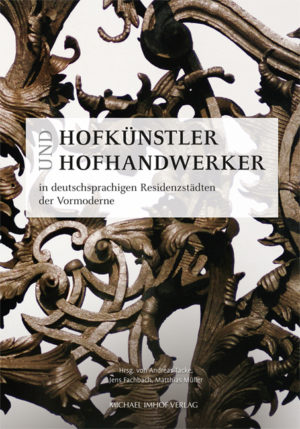
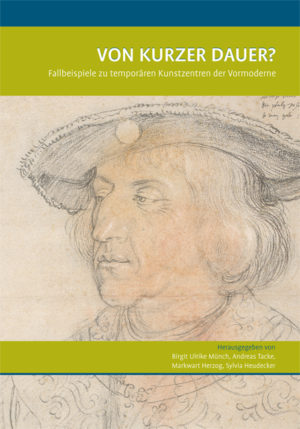
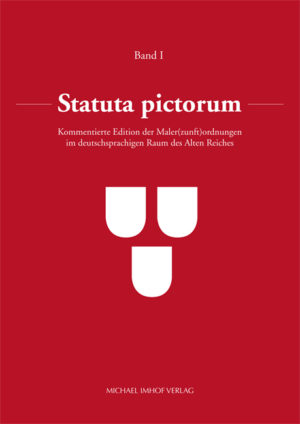
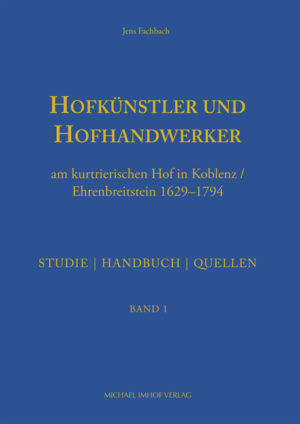



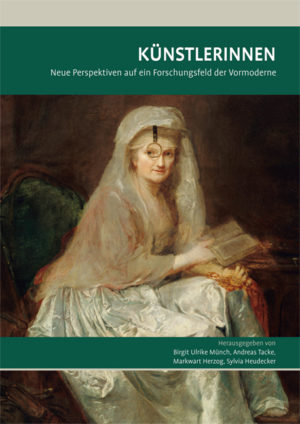


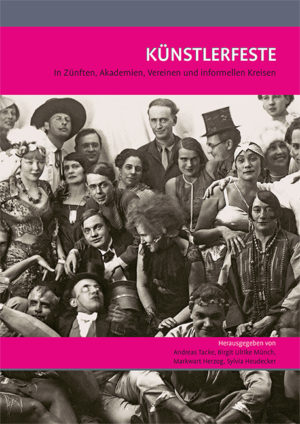
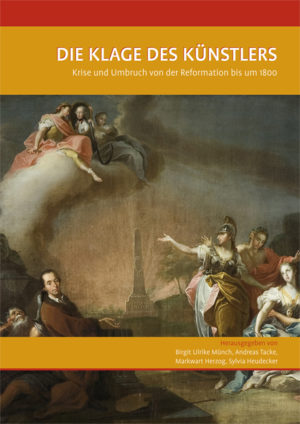





Bewertungen
Es gibt noch keine Bewertungen.